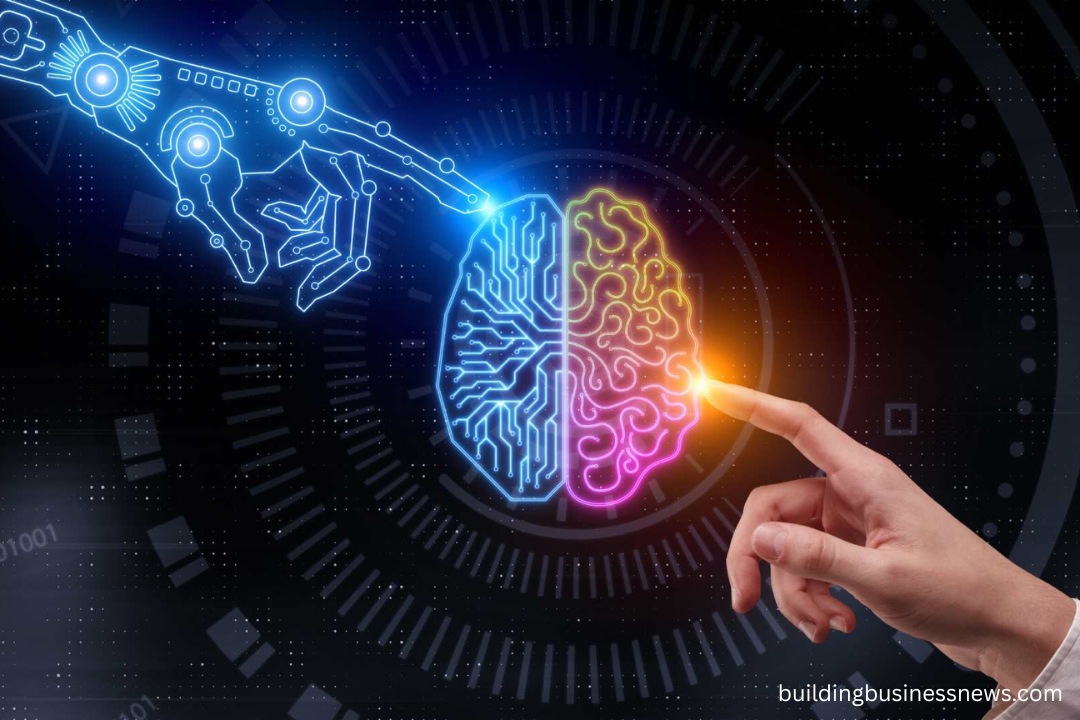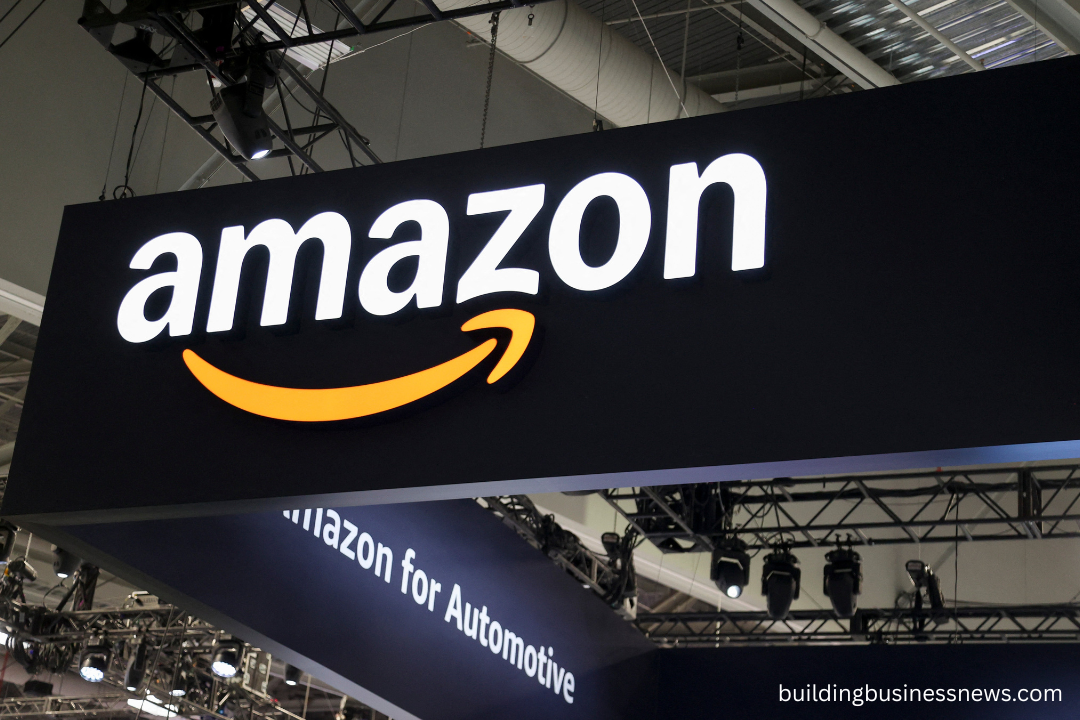Amazon is taking significant strides toward integrating artificial intelligence (AI) across its business operations. As the tech giant pushes for efficiency, this transformation is expected to impact thousands of corporate roles. AI adoption is no longer just a buzzword within Amazon. It is a central element in the company’s future vision.
With AI capable of managing repetitive and administrative tasks, Amazon anticipates a leaner corporate structure. As a result, some office-based roles may become redundant, while others will evolve to focus on higher-level, strategic initiatives.
Strategic Use of AI in Amazon’s Operations
Amazon has long been at the forefront of automation. From warehouse robots to delivery drones, the company continuously invests in advanced technologies. The latest focus, however, is squarely on AI in the corporate domain. By integrating large language models, predictive analytics, and automation tools, Amazon aims to reduce inefficiencies in departments such as human resources, finance, customer service, and logistics planning.
The use of generative AI enables Amazon to automate routine document handling, employee onboarding, internal communications, and data analysis. This not only reduces costs but also increases the accuracy and speed of business functions.
Corporate Job Reductions Expected Over Time
The shift toward AI-driven operations will inevitably affect Amazon’s corporate workforce. While no sweeping layoffs have been formally announced, leadership at Amazon has signaled that future hiring will be more selective, and some roles will be phased out. Employees whose jobs are heavily task-oriented and routine-based may face reassignment, upskilling, or redundancy.
Amazon emphasized that it does not view AI as a complete replacement for human workers. Instead, the company envisions AI as a complement to human creativity and decision-making. However, the inevitable reality is a reduced need for traditional corporate functions, especially those that can be streamlined or eliminated through the use of AI tools.
Amazon Invests in AI-First Culture
To remain competitive, Amazon is building an “AI-first” culture. This means that teams are encouraged to incorporate AI into every facet of their workflow—from marketing analysis to procurement to cybersecurity. The goal is to foster innovation, reduce manual errors, and free up employee time for higher-value activities.
Executives at Amazon believe that AI has the potential to unlock productivity gains on a scale similar to that of cloud computing. The company has already developed proprietary AI tools and platforms, which it now plans to roll out across its internal departments.
Upskilling Initiatives for the Remaining Workforce
While some roles will be eliminated, Amazon is also investing heavily in upskilling its existing workforce. The company’s Machine Learning University and technical boot camps aim to equip employees with the knowledge needed to work alongside AI. These initiatives are designed to help staff transition into new roles that require proficiency in AI.
Employees in non-technical positions are being offered courses on prompt engineering, data literacy, and AI ethics—reflecting Amazon’s commitment to workforce resilience in the face of technological disruption.
AI in Amazon’s Customer Service and Support Functions
Amazon is already utilizing AI in its customer service operations, employing chatbots and intelligent automation to efficiently handle a substantial volume of inquiries. These AI tools can resolve common customer issues—such as order tracking, refund requests, and delivery updates—without requiring human intervention.
This allows human support agents to focus on more complex cases that require empathy, judgment, or escalation. The overall outcome is faster service, lower operational costs, and a better customer experience.
Benefits and Risks of AI Integration at Amazon
There are clear benefits to Amazon’s AI expansion: reduced costs, increased scalability, improved customer satisfaction, and streamlined workflows. However, some risks must be managed. These include concerns about job security, algorithmic bias, data privacy, and the potential dehumanization of the workplace.
Amazon is aware of these challenges and is working to implement governance frameworks that ensure the ethical deployment of AI. This includes transparency in automated decision-making and safeguards to protect sensitive employee and customer data.
Financial Incentives Behind AI-Driven Restructuring
The decision to integrate AI into Amazon’s corporate structure is not just about innovation—it’s also about financial performance. As Amazon competes in a margin-sensitive e-commerce and cloud market, every efficiency gain can result in billions of dollars in savings. Reducing administrative overhead while boosting output is a strategic move to improve profitability.
AI also enables Amazon to scale its services without incurring proportional increases in labor costs. For example, launching a new product line or entering a new geographic market becomes less resource-intensive when automated systems are in place.
Employee Reactions and Internal Culture Shift
Within Amazon, the reaction to AI integration has been mixed. Some employees view it as an exciting opportunity to work on cutting-edge technologies. Others feel uncertain about job security and long-term career prospects.
Leadership has made efforts to communicate openly about the changes and involve staff in the transition planning process. Feedback forums, internal town halls, and career counseling sessions are integral to Amazon’s strategy to support employees during this period of transformation.
Future of Work at Amazon
The future of work at Amazon will likely be hybrid, high-tech, and highly automated. AI will handle the bulk of administrative and process-heavy tasks, allowing humans to concentrate on creativity, leadership, and strategy. Amazon is positioning itself as a pioneer in this new era of work.
As AI technologies mature, Amazon anticipates discovering new use cases and opportunities for optimization. Continuous learning and agility will be key traits for both the company and its workforce moving forward.
AI-Driven Changes Across Amazon’s Business Units

AI is being deployed not only in Amazon’s corporate offices but across its entire business ecosystem. In logistics, predictive analytics help optimize delivery routes. In retail, AI powers product recommendations and demand forecasting. In Amazon Web Services (AWS), AI models are available to external customers, providing a new revenue stream.
Even in entertainment through Amazon Prime Video, AI is being used to personalize content, optimize metadata, and predict viewer trends. Every aspect of Amazon’s empire is being reshaped by artificial intelligence.
Ethical Considerations and Regulatory Landscape
As Amazon expands its AI footprint, ethical concerns have come into sharper focus. Questions about surveillance, transparency in decision-making, and data security are being debated both internally and externally. Regulatory bodies in the U.S. and the EU are increasingly scrutinizing the AI practices of large tech firms.
Amazon has responded by establishing internal ethics boards and participating in industry coalitions focused on responsible AI. The company has also pledged to align its practices with upcoming regulatory requirements.
Frequently Asked Questions (FAQ’s)
How is Amazon using artificial intelligence in its corporate operations?
Amazon is utilizing AI to automate routine tasks, including data analysis, HR onboarding, customer service, and internal communications. These tools help streamline operations and reduce costs.
Will Amazon lay off employees due to the integration of AI?
Amazon has indicated that specific corporate roles may be phased out over time as AI takes over repetitive tasks. While no mass layoffs have been confirmed, staff reductions are expected.
What types of jobs at Amazon are most affected by AI?
Routine and administrative roles in departments such as HR, finance, and support services are most likely to be affected. Strategic, creative, and technical roles will continue to be crucial.
Is Amazon offering training for employees impacted by AI?
Yes, Amazon is investing in upskilling programs, including its Machine Learning University and internal boot camps, to help employees transition to roles that involve AI or technical skills.
How does Amazon benefit financially from AI adoption?
By automating tasks, Amazon reduces labor costs, improves efficiency, and scales its services more easily. This leads to better margins and stronger financial performance.
Are Amazon’s AI tools replacing human decision-making entirely?
No, Amazon views AI as a tool to assist, not replace, human decision-making. AI handles repetitive tasks, allowing employees to focus on strategy, creativity, and complex decisions.
What risks come with Amazon’s AI expansion?
Potential risks include job displacement, algorithmic bias, data privacy concerns, and ethical dilemmas. Amazon is addressing these with internal guidelines and ethical AI frameworks.
How will AI shape the future of work at Amazon?
AI will lead to a more automated, agile, and digitally skilled workplace. Employees will need to adapt to new tools and roles while Amazon continues to innovate with technology at its core.
Conclusion
Amazon’s aggressive embrace of AI marks a pivotal moment in its corporate evolution. While automation will lead to reductions in traditional roles, it also opens the door to new opportunities, efficiencies, and innovations. The transformation is already underway, and its effects will be felt across Amazon’s workforce, stakeholders, and industry peers.

